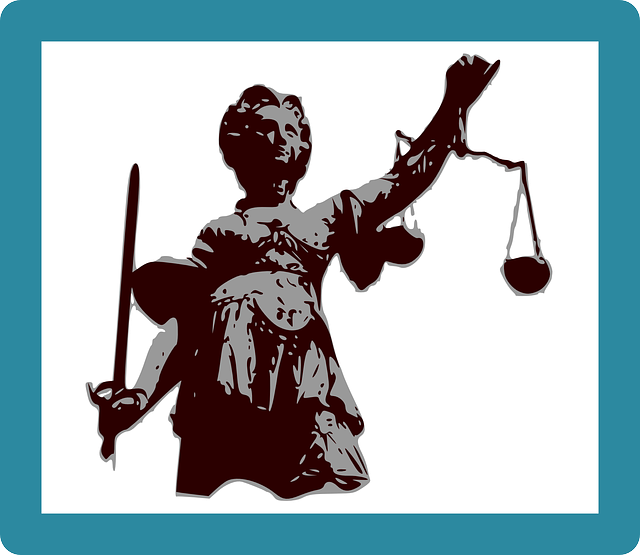Regulatory fraud laws are critical in upholding business integrity across sectors, defining and penalizing deceptive actions with varying civil and criminal consequences. The Breach of Contract Litigation Process Explained provides a structured framework for seeking remedies when contracts are breached. This process involves identifying breaches, providing formal notice, filing complaints, and potentially mediating or going to trial. Strategic legal representation is key to successful outcomes. Case studies like Enron and Volkswagen show the severe consequences of fraud, emphasizing the need for robust internal controls and ethical conduct to enhance risk management, ensure compliance, and promote trust and accountability for long-term business sustainability.
In today’s complex business landscape, understanding Regulatory Fraud Laws is paramount for organizations aiming to avoid costly mistakes. This article provides a comprehensive guide to Breach of Contract Litigation Process Explained, delving into critical aspects like definitions, scope, and step-by-step procedures. We also explore Case Studies: Notable Fraud Cases and their impact on refining business practices. By the end, readers will grasp the intricacies of regulatory fraud laws and how to navigate them effectively.
- Understanding Regulatory Fraud Laws: Definitions and Scope
- The Breach of Contract Litigation Process: Step-by-Step Guide
- Case Studies: Notable Fraud Cases and Their Impact on Business Practices
Understanding Regulatory Fraud Laws: Definitions and Scope

Regulatory Fraud Laws are designed to protect the integrity of business dealings and ensure compliance with legal and ethical standards. At their core, these laws define and penalize actions that constitute deception or dishonesty in various sectors, including finance, healthcare, and environmental regulations. Understanding these laws involves grasping the definitions of fraud, which can range from financial misrepresentation to false statements made to obtain a license or approval. The scope of these regulations encompasses both civil and criminal implications, with consequences varying based on jurisdiction and the severity of the breach.
The Litigation Process Explained plays a crucial role in addressing regulatory fraud. When a breach occurs, affected parties can initiate legal actions, such as breach of contract lawsuits, to seek redress. This process involves thorough investigations, evidence collection, and legal arguments centered around the specific regulations violated. An unprecedented track record of successful prosecutions not only deters future fraudulent activities but also highlights the importance of robust regulatory fraud laws in maintaining trust within the philanthropic and political communities. Despite challenges, general criminal defense strategies must adapt to navigate these laws effectively, ensuring fairness while upholding justice.
The Breach of Contract Litigation Process: Step-by-Step Guide

The Breach of Contract Litigation Process Explained
In the event of a breach of contract, businesses and individuals can navigate a structured legal process to seek remedy. The first step is to identify the breach—a deviation from the agreed-upon terms. This involves reviewing the contract and comparing it to the actions or inactions of the party believed to be in violation. Once identified, the aggrieved party must provide notice, demanding that the breaching entity rectify the issue within a reasonable timeframe. This step is crucial as it establishes a clear record of communication and potential settlement opportunities.
If the breach remains unresolved, legal action can commence. The process typically involves filing a complaint with the court, outlining the contractual obligations, the alleged breach, and sought remedies. From there, the case may progress through mediation or negotiation for a possible settlement out of court. If these attempts fail, the matter advances to jury trials, where both parties present their cases before an impartial jury decides on the outcome. Achieving extraordinary results in breach of contract litigation often hinges on meticulous documentation, clear communication, and strategic legal representation.
Case Studies: Notable Fraud Cases and Their Impact on Business Practices

In the realm of regulatory fraud laws, case studies serve as powerful tools to elucidate the far-reaching consequences of deceptive practices and their impact on business operations. Notable fraud cases, such as the Enron scandal in the early 2000s, have left indelible marks on corporate governance and financial transparency. This breach of contract litigation process explained has highlighted the importance of robust internal controls and ethical conduct among businesses. By scrutinizing these cases, companies can learn from past mistakes, enhancing their risk management strategies and ensuring compliance with regulatory norms.
Moreover, examining real-world examples like the Volkswagen emissions scandal further emphasizes the need for integrity in business dealings. Such incidents have led to significant changes in industry standards and legal frameworks, pushing businesses to achieve extraordinary results through ethical means. This unprecedented track record of fraud cases serves as a stark reminder that transparency and accountability are essential for long-term sustainability, fostering an environment where trust and responsibility thrive.
Regulatory fraud laws play a pivotal role in upholding ethical business practices, protecting consumers, and ensuring fair competition. By understanding the definitions, scope, and processes involved, such as the detailed explanation provided on the breach of contract litigation process, businesses can better navigate legal requirements and avoid costly mistakes. Case studies highlighting notable fraud cases serve as powerful reminders of the consequences of non-compliance, pushing companies to foster a culture of integrity and transparency.






